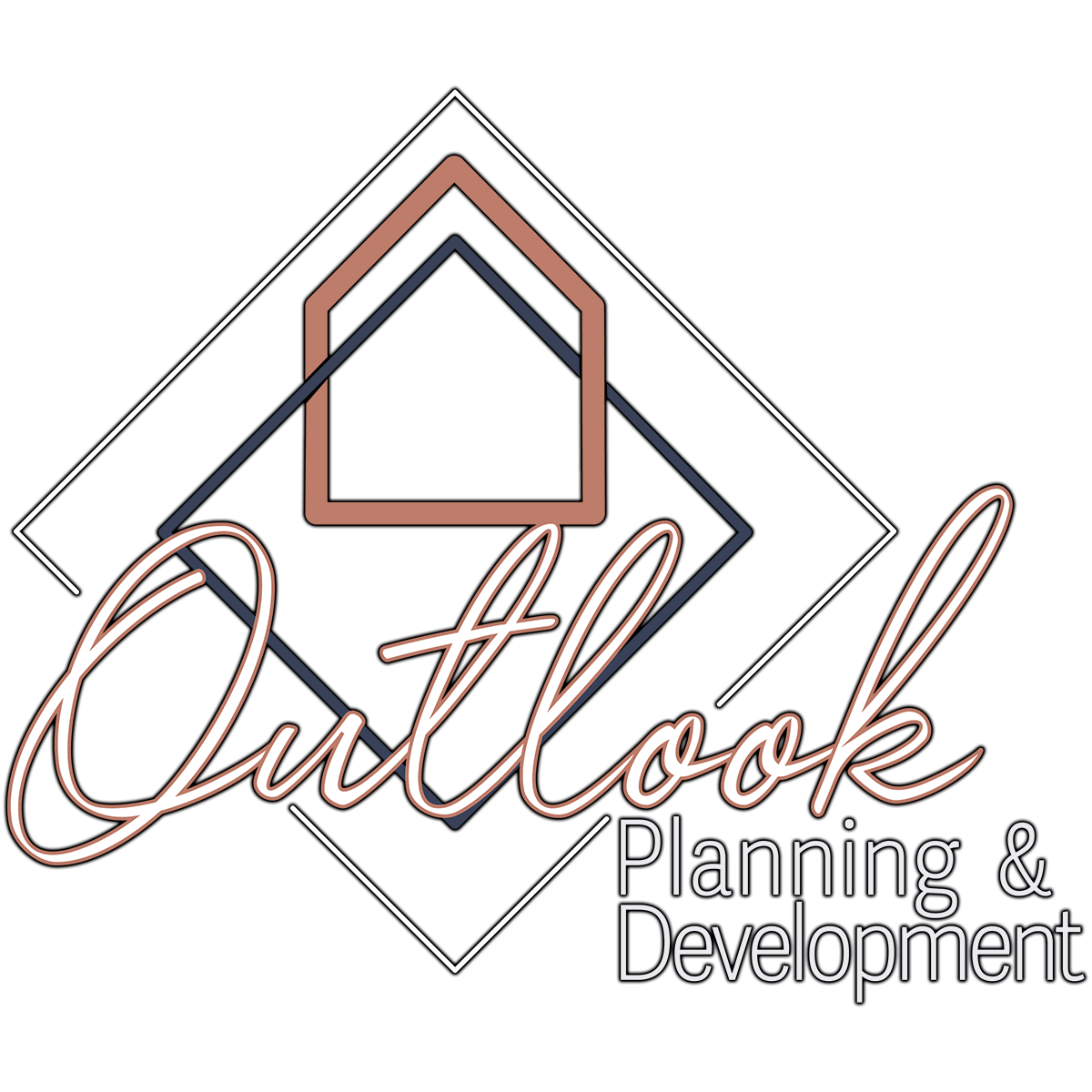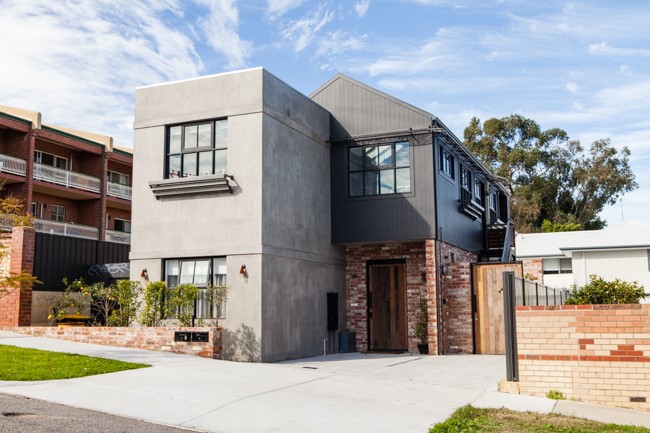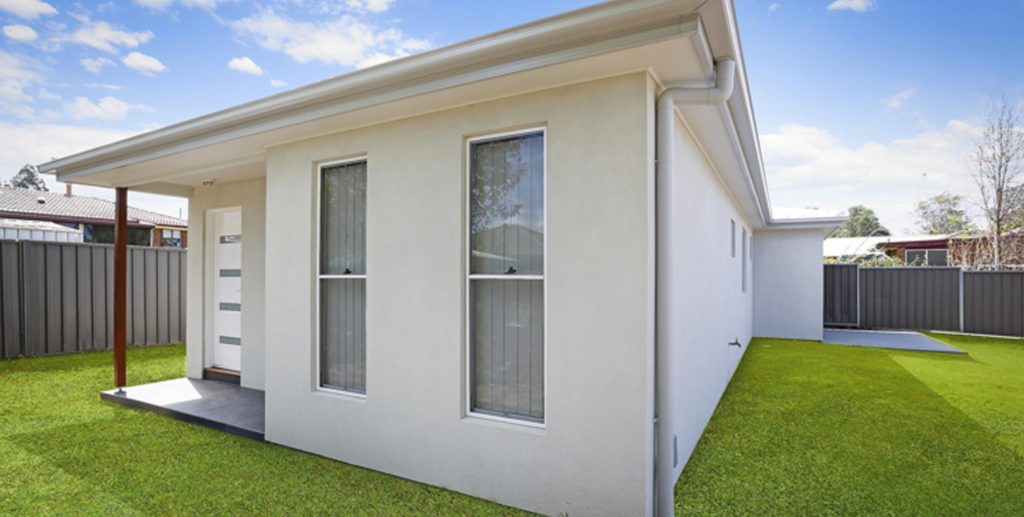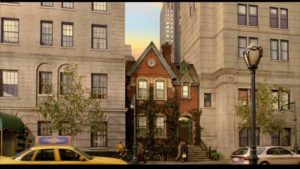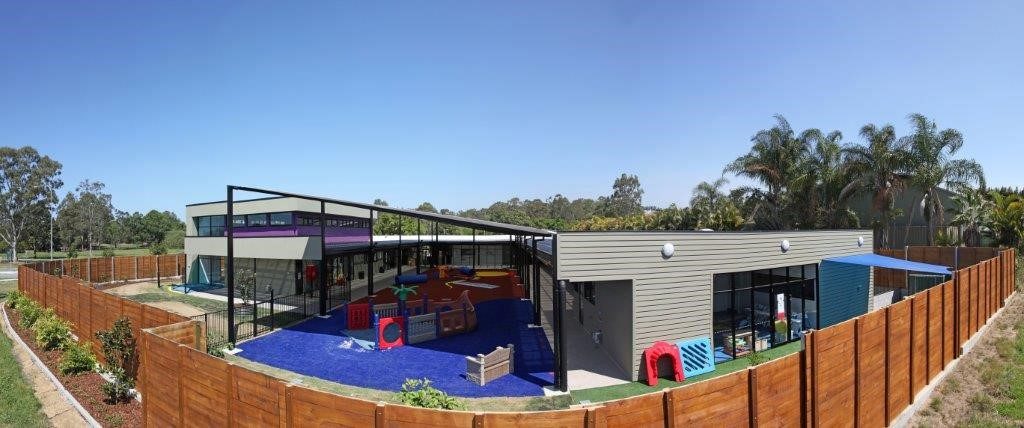
If you are visiting this page, the chances are you are here because you have been told you need a statement of environmental effects from Council and have never heard of this term before the moment you require one.
What is a statement of environmental effects?
The statement of environmental effects is required for every single development application no matter how small.
The Statement of environmental effects report is the most important report that accompanies a development application. It is the report that links all the other aspects about the development. Despite how important the report is to obtain approval, most people try to attempt the document themselves and in doing so only scratch the surface of what is required for the report. Below is a guide to what a statement of environmental effects is, and what must be included.
Guide to a statement of environmental effects
A Statement of Environmental Effects (SEE) is required for all development applications and is required under the Schedule 1 of Environmental Planning and Assessment Regulations 2000.
The statement of environmental effects is the backbone of the development application and provides a justification for the development.
The statement of environmental effects needs to address the following:
- The likely environmental impacts of the development;
- How the environmental impacts of the development have been identified; and
- The steps that will be taken to protect the environment or to lessen the expected harm to the environment
It should be noted that the term “environment” does not only refer to the natural environment but to the natural, built, and social environment.
- The provisions of any environmental planning instrument (State Environmental Planning Policies (SEPPs), and Local Environmental Plans(LEPs);
- The provisions of any draft environmental planning instrument (that is or has been placed on public exhibition;
- Any Development Control Plans (DCPs);
- The likely impacts of the development (including environmental impacts on both the natural and built environments, and social and economic impacts in thelocality);
- The suitability of the site for the development;
- Any submissions made; and
- The public interest
The statement of environmental effects MUST address all of these above and go into detail into each relevant clause and control within the documents. Where the development results in a non compliance to a LEP clause of a DCP control then it must be justified within the statement of environmental effects.
Please Note: Where the development results in a non compliance with a clause from the LEP then, in addition to the justification in the statement of environmental effects, a clause 4.6 Exception to development standards report must be submitted with the development application.
State Environmental Planning Policies
The State Environmental Planning Policies are Environmental Planning Instruments (EPIs) that are prepared by the NSW State Government and apply state wide.
The most common State Environmental Planning Policies (SEPPs) are the following:
State Environmental Planning Policy (Exempt and Complying Development Codes) 2008
This Policy specifies a variety of developments that can be undertaken under exempt development (not requiring any development approval). The Policy also provides for types of development that can be done under a complying development certificate (CDC). A CDC can be approved through a private certifier and is replaces a development application. Any development seeking approval under a CDC must comply with the development standards otherwise a Development Application is required.
State Environmental Planning Policy (Affordable Rental Housing) 2009
This Policy provides certain types of development to provide affordable housing. The most common types of affordable housing are secondary dwellings (granny flats) as well as boarding houses. The policy allows these developments to occur in residential areas even where the Council doesn’t permit the development under the zone.
Local Environmental Plan
Local Environmental Plans are prepared by local Council and are only relevant to that Council Local Government Area. All Local Environmental Plans follow the same structure after a review by the Department of Planning several years ago which created a Standard Format for all Local Environmental Plans knows as the Standard Instrument. Despite having the same format, each Local Environmental Plan or LEP is different.
One of the main purposes of the LEP is to specify the zoning for all land within the local government area. The zoning of a site is what specifies the type of development that can occur on the land with Council approval and what development is not permitted.
The other purpose of the LEP is to provide development standards for the zones. These generally relate to minimum lot size for subdivision, minimum lot size for rural developments to erect a dwelling, minimum lot sizes for certain types of development, maximum height limit for buildings and floor space ratio.
Clause 4.6 Exception to Development Standard
Under the LEP there is a clause that allows Council to consider a variation to any development standard non compliance. The most common non compliances relate to minimum lot size, building height and floor space ratio. While anyone can prepare a variation request under clause 4.6 it is highly recommended you get a town planner to prepare this document.
Development Control Plan
The Development Control Plan is a document that provides a guideline for development. Please note that Council’s can often have multiple development control plans and they are currently not required to adhere to a standard format which can make it difficult to navigate. It is noted that the controls in a DCP are open to variations and a strong justification is usually required to vary the control.
The DCP will often provide specific details relating to different types of development and different circumstances.
All seem too confusing?
We have a lot of clients who come to us having attempted their own statement of environmental effects, or used another consultant and Council rejects the report. You can save a lot of time and stress by having the report done right to begin with. Our reports are expert quality and cover everything that is required. We have never had any of our Statement of Environmental Effects rejected by Council. We have, however, submitted our statement of environmental effects report for developments that were about to be refused and turned the table on the application gaining approval for our clients.

Need help with your Statement of Environmental Effects?
Have a chat with Josh and the team today!
Council Frustration?
Does the thought of dealing with Northern Beaches Council cause you anxiety? Are you sick of receiving different answers to the same question? Remove your stress and get us to help!
Don't know where to start?
Development applications are complicated! There are so many documents listed and so much jargon that it can seem impossible! Get an expert to manage the process for you
In the right hands
Feel safe knowing your development is in the right hands. Our knowledge and experience allows us to get our clients their approvals faster saving them time and money.
What we do and how we can help
We help our clients with their developments by providing professional statement of environmental effects for all Council development applications across NSW. We have an extensive experience with providing justifications for non compliance and in getting our clients developments approved. We provide the following services for all development types:
Advice
Our experienced town planners can provide you with expert advice to help you with your development: We offer the following services:
- Feasibility reports
- Pre-purchase reports
- Unapproved works
- Letters and advice
- General town planning advice
- Neighbour objection advice and reports
Reports
Get us to provide you with the report you need to get the job done! We provide the following reports:
- Statement of environmental effects
- Clause 4.6 Variation
- Crime Risk Reports (CPTED)
- Heritage Impact Statement
- Social Impact Statements
- Plans of management
- Waste Management Plans
Approvals
Let us help you obtain your approval! We provide the following approval services:
- Lodgement of development applications
- Project management of applications
- Attendance at Council meetings
- Rezoning Application/Planning Proposals
- Masterplans
We have Town Planning Statement of Environmental Effects Experts servicing these all these NSW Councils
Sydney
City of Parramatta Council
Penrith City Council
City of Ryde Council
Waverley Council
Woollahra Municipal Council
Hornsby Shire Council
Hunter’s Hill Council
Ku-ring-gai Council
Inner West Council
Willoughby City Council
Georges River Council
Hawkesbury City Council
Wollondilly Shire Council
Sutherland Shire Council
Fairfield City Council
The Hills Shire Council
Blacktown City Council
Northern Beaches Council
Randwick City Council
North Sydney Council
Liverpool City Council
City of Sydney Council
Camden Council
Manly
Mosman Municipal Council
Lane Cove Council
Strathfield Council
Canada Bay Council
Canterbury-Bankstown Council
Campbelltown City Council
Richmond Valley Council
Blue Mountains City Council
Burwood Council
Central Coast
South Coast
Kiama Municipal Council
Wollongong City Council
Shoalhaven City Council
Shellharbour City Council
Newcastle and Hunter Valley
Newcastle City Council
Port Stephens Council
Lake Macquarie City Council
Maitland City Council
Singleton Council
Muswellbrook Shire Council
Cessnock City Council
Dungog Shire Council
Regional NSW
Armidale Regional Council
Bathurst Regional Council
Ballina Shire Council
Tamworth Regional Council
Kempsey Shire Council
MidCoast Council
Balranald Shire Council
Coffs Harbour City Council
Yass Valley Council
Junee Shire Council
Inverell Shire Council
Gunnedah Shire Council
Queanbeyan-Palerang Regional Council
Cootamundra-Gundagai Council
Albury City Council
Kyogle Council
Lachlan Shire Council
Wagga Wagga City Council
Snowy Monaro Regional Council
Wentworth Shire Council
Oberon Council
Murray River Council
Griffith City Council
Port Macquarie-Hastings Council
Tweed Shire Council
Council Dubbo Regional Council
Lismore City Council
Broken Hill City Council
Byron Shire Council
Nambucca Shire Council
Bega Valley Shire Council
Lithgow City Council
Orange City Council
City of Parkes Shire Council
Bellingen Shire Council
Bland Shire Council
The Work We do!
With expert experience in Local Government as well as the private sector, our town planners help get development approved. Below is a list of some of the development types we work with.
Our Blogs

Review of Environmental Factors (REF)
A REF (review of environmental factors) is a document prepared by a consultant and submitted to the relevant consent authority.

Sex Service (Brothel) approvals
We look at the the ins and outs of obtaining an approval for Sex Services (Brothel) within NSW and what you need to consider with a site and application.

How to write a statement of environmental effects
The statement of environmental effects is a document that most people are confused by. We offer advice on how to write a good quality statement of environmental effects!
Statement of Environmental Effects Template
We now offer template statement of environmental effects for development applications so you can fill out your own report based on your development. Buy our template statement of environmental effects report.

Outsourcing the Statement of Environmental Effects – A case study for building designers
Building Designers! Outsource your statement of environmental effects to Outlook Planning and Development and save time and money! Let us deal with the report so you can focus on the plans!
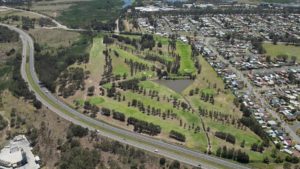
Property Development Spotlight: Beresfield
Beresfield is one of the biggest hot spots within the Newcastle area with investors and first home buyers flocking to the area to score great prices for great blocks of land. We look at what to look for for development within the area and how to maximise on your investments including dual occupancies and subdivisions.
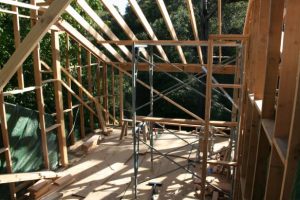
Getting approval for unapproved developments
Unapproved works is one of our most common jobs for Outlook Planning and Development. Read our article on what to do and how to deal with the scary letters from Council!
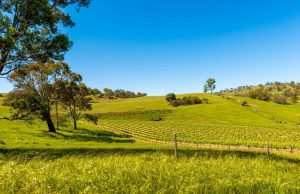
Subdivision of rural zoned land
We explain what to consider when planning a rural subdivision and the various costs and reports associated.
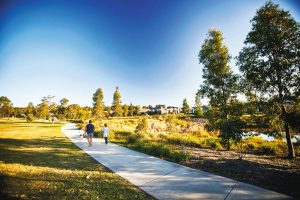
Thornton Developments Booming
Thornton and Chisholm has become a booming area for investors and first home buyers wanting to leave Sydney and head towards the Hunter Valley. The greater Maitland area is a booming area with plenty of land available for developers.

What can I build without Council Approval?
We explain what types of development you can do without any Council approval for everyone doing their home renovations. Read all about exempt development and what you can build this weekend after a trip to Bunnings to get your DIY tools.

Complying Development Certificates
Want to build a house or renovate but don’t want the hassle of a development application. You might be able to get approval through a private certifier. We take some time to explain what a complying development is and the steps you need to take to obtain a CDC through a private certifier.

Guide to Heritage Impact Statements
Heritage Impact Statements are essential for any development involving a heritage item or heritage conservation area. We go into some of the basics of what makes up a heritage impact statement and who should be preparing them for your development.
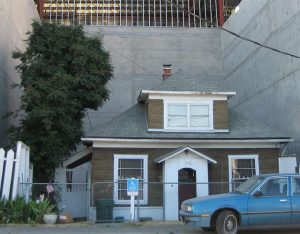
How To Write a Development Application Objection Letter
Council Das can cause a lot of stress! Have you received a notification in the mail about a development application and want to write a submission. We outline some steps to help you prepare a development application objection letter.

Western Sydney Airport Terminal Unveiled
The first concept designs for Western Sydney Airport Terminal have been unveiled.
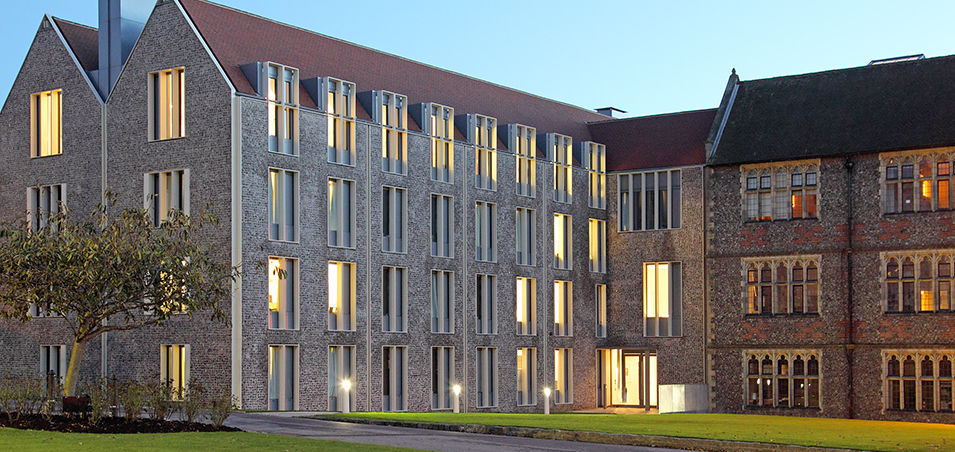
New Generation Boarding Houses
New generation boarding houses have a lot of negativity at the moment with developers obtaining approvals for large scale boarding house developments. So what exactly is a new generation boarding house?
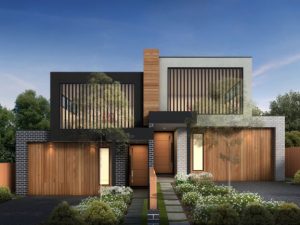
Northern Beaches Dual Occupancy for beginners
Northern Beaches Town Planners explain Dual occupancy facts on the Northern Beaches including Pittwater, Warringah and Manly. We provide some information on dual occupancy developments on the Northern Beaches of Sydney. Where you should be looking and what you should be considering.

Reducing Car Parking in CBDs
We explore the theory that as the amount of parking decreases, the appeal of driving gives way to more environmentally friendly transport modes such as walking, cycling, ride-hailing, car pooling and public transport.
Some evidence suggests reducing or capping parking pays off. In cities that have implemented these measures, driving has declined and public transport use has increased.

SFS Stadium Redevelopment seeks new construction company
The redevelopment of the Sydney Football Stadium has been full of controversy with a massive public backlash to the development.
The development has been subject to a lot of public debate with questions as to why the NSW Government are demolishing a functioning stadium instead of upgrading the stadium at a fraction of the cost.

University of Newcastle Expanding with Honeysuckle Campus
The University of Newcastle has recently submitted a seven building masterplan to the NSW Government for their new education precinct for Honeysuckle in Newcastle.
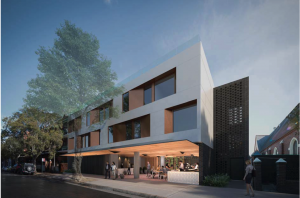
Objection to Boutique Hotel in Redfern
Outlook Planning and Development were engaged by a group of concerned residents in regards to a nearby development that sought consent to demolish an existing (abandoned) service station to a boutique hotel with 58 guest rooms, car lift and guest facilities.
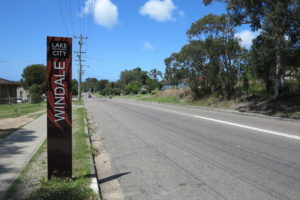
Windale Rezoning – Planning Proposal
A change of land zoning proposed by Lake Macquarie council would open the door for medium-density housing in a large part of Windale.

What you need to know before building a granny flat!
Granny flats, or secondary dwellings as they are known as in the Planning world, can allow home owners to keep parents or adult children close by while giving them their own space. They can also be a great way to generate additional rental income.

Rethinking Sydney – Greater Newcastle and the development potential
Newcastle and the Hunter Valley has become a hot spot for developers as well as residents of Sydney looking for a tree change and a work life balance. There is so much development potential and lots of great properties within the area for a fraction of the price of Sydney.
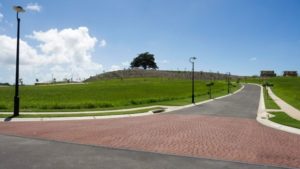
Five things to consider before you buy a block of land
We look at the five things to consider before buying a block of land! Is it better to buy established or purchase a vacant lot and building?
